Pond tubing is a crucial part of the water circulation system in a pond or water feature. It takes water from your pond and pumps it through filters to clean out debris, dirt, algae, etc that built up over time in your pond or water garden.
To achieve the most efficient flow you need the best pond pump and the correct size tubing or hose with regards to pump flow rate.
Every tubing size has a certain frictional resistance and hence not all tubing sizes are suitable for a certain flow rate.
If you are in a hurry, the best hose for different size pond pumps are:
- 200 & Less than 200 GPH: TotalPond V16005 Flexible Vinyl Tubing
- 300 GPH: Sealproof 1/2 Inch Vinyl Pond Tubing
- 600 GPH: Sealproof 3/4″ Dia Corrugated Pond Tubing
- 1200 GPH: Sealproof 1″ Dia. Corrugated Pond Tubing
- 2100 GPH: Sealproof Kinkproof 1-1/4 Dia Waterfall, Pond Tubing
- 3000 GPH: TotalPond Corrugated Tubing, 1.5-inch
- 4800 GPH: Little Giant T-2-50-BFPVC Flex PVC Tubing
- 12000 GPH: HydroMaxx (3″ Dia. x 50 ft) Black Flexible PVC Pipe
Table of Contents
How To Choose The Correct Size Of Pond Tubing
The correct size of pond tubing depends on the flow rate through the tubing. Here, you have to consider the flow rate of the pump for calculation. The calculation is lengthy and technical. To avoid calculation, nomographs are used. Nomographs are available for pipes of different materials.
Nomographs are a representation of head loss for different flow rates through different sizes of tubing. For a given flow rate of you have to find out which size tubing has the minimum head loss and choose that tubing.
For your ease of choosing the correct size of pond tubing, I have prepared the following table from which you can find the correct size tubing. In the table below you will find the correct size of pond tubing for pumps of the most common flow rate.
If you don’t find your pump flow rate in the table below directly, take the closest value of flow rate and that will give you the correct tubing size.
For example, if your pump has a flow rate of 500 Gallon per minute, which isn’t directly present in the table, you have to consider the value of 600 Gallon per minute and choose 3/4″ pond tubing.
Why Choosing The Right Size Of Pond Tubing Matters
For the economic operation, choosing the right size of pond tubing is an important thing. If you don’t use the correct size of tubing for a given flow rate, there will be a considerable amount of heat or energy loss. As a result, the efficiency of your pump will decrease.
Let me explain this.
There are two types of losses in energy or head when water flows through a pipe, frictional loss, and loss due to turbulence.
If you take a large size pipe for a small amount of flow, the frictional loss will be huge. This is because a large diameter pipe has more contact area where frictional loss takes place.
Again if you take a small size pipe for a large amount of flow, the loss due to turbulence loss will be huge. It happens because when water velocity is high it creates turbulence inside the pipe. As a result, there will be a considerable amount of energy loss.
Therefore, you have to choose the correct size of tubing so that both the frictional and turbulence loss is the minimum.
Choosing The Correct Pond Aeration Tubing
Weighted pond aeration tubing is used for aeration purposes. This sinking air hose is made in such a way that it sinks to the pond bottom due to its own weight.
Weighted pond tubing generally comes in different sizes, 3/8 inches, 1/2 inches, 5/8 inches, and 3/4 inches. The Size of your diffuser tubing will depend on the flow rate (Cubic Feet per Minute or Cubic Inch per Minute) of your pond aeration pump.
You can use the following table for finding out the correct size of the pond aeration hose.
For the pond aeration hose, my first choice is the MixAirTech Sinking Hose. It is available in all the common sizes and is very durable.
How To Connect Pond Tubing
To connect pond tubing with the pump or filter you will need some pond hose fittings such as –
- Stainless hose clamp.
- Adapter
- Coupling
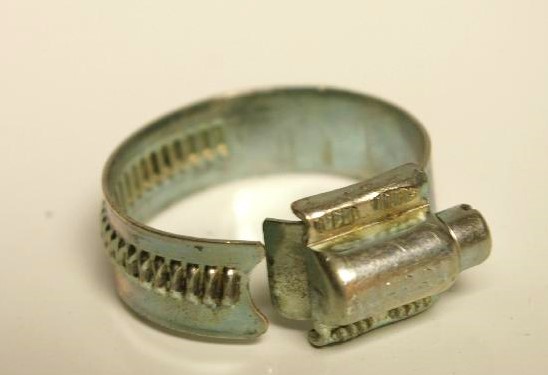
Follow these steps to connect the hose with the pond pump –
- First, insert the tubing in the clamp.
- Then insert the inlet of the pump into the tubing.
- Finally, turn the screw of the hose clamp clockwise until it is tightened enough.
Often, it will require you to connect two pieces of pond tubing together. For this, you will need a coupling and two hose clamps.
You can connect or repair pond tubing by following these steps –
- First, insert both the tubing into the clamp.
- Then insert the coupling in both tubings.
- Finally, turn the screws of the clamps clockwise until they are tightened enough.
I hope this guide was helpful for you to find the correct size of pond hose or tubing. If you have any queries, let me know in the comment box. Thank you for reading.
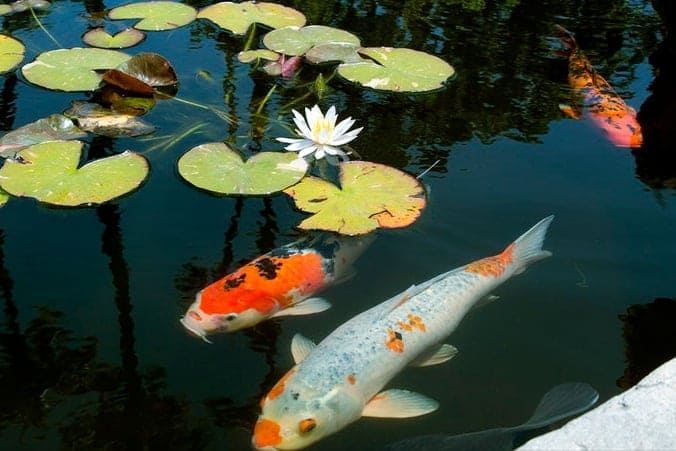
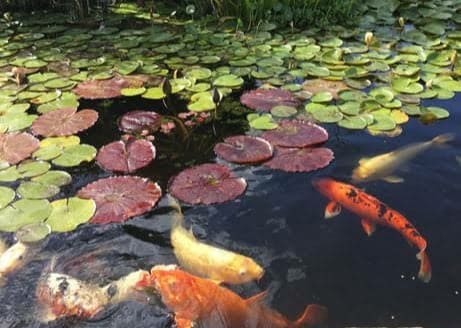

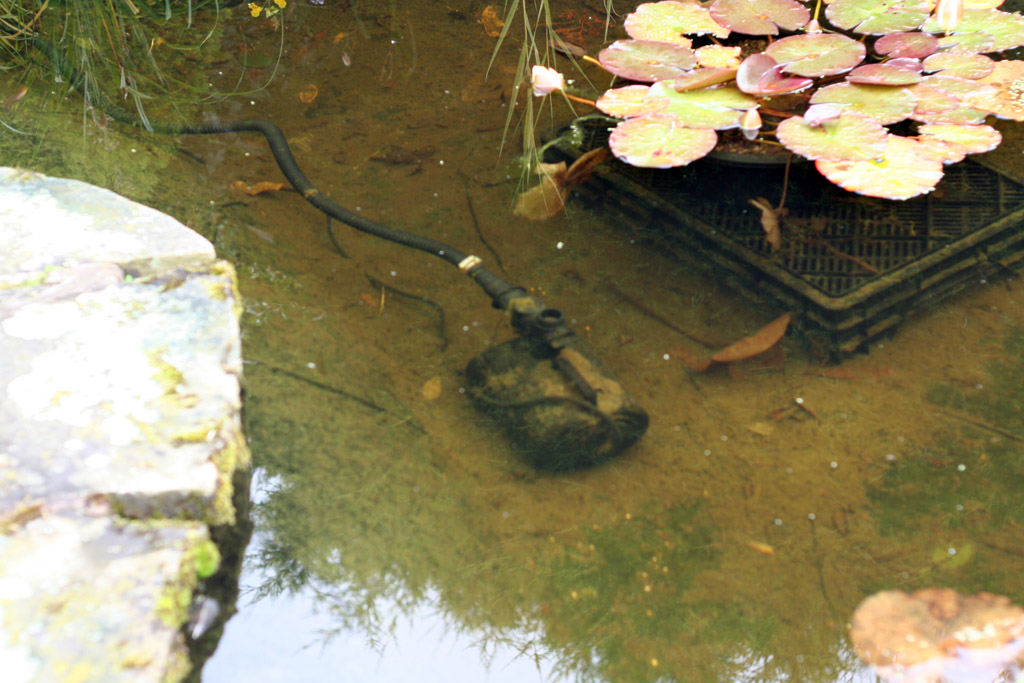
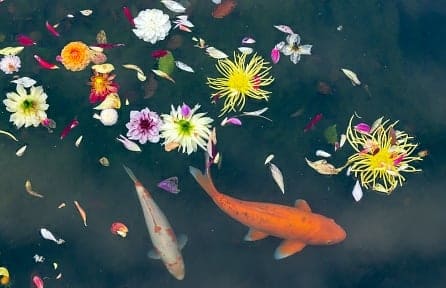
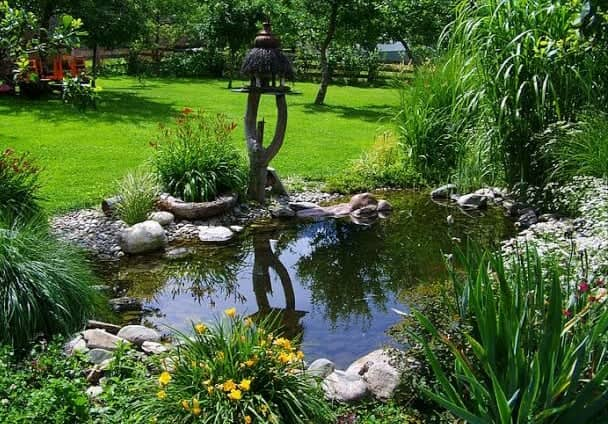
Is there any air pressure loss due to the length of air hose. I have the option on the farm to either run the air pump from the barn and use approx. 300′ of air hose to the diffuser in the pond or I can bury electrical wire from the barn to the pump which I would situate on the shore of the pond and then use weighted air hose (approx. 150′) to the diffuser. Which option do you recommend in terms of performance and air flow? I have a hiblow 80 pump and was going to use 3/8″ tubing. Thanks.
Yes, hose length does cause air pressure loss. I recommend you run the pump near the pond as the flow of hiblow is only 4.2 CFM at 3.6 psi.